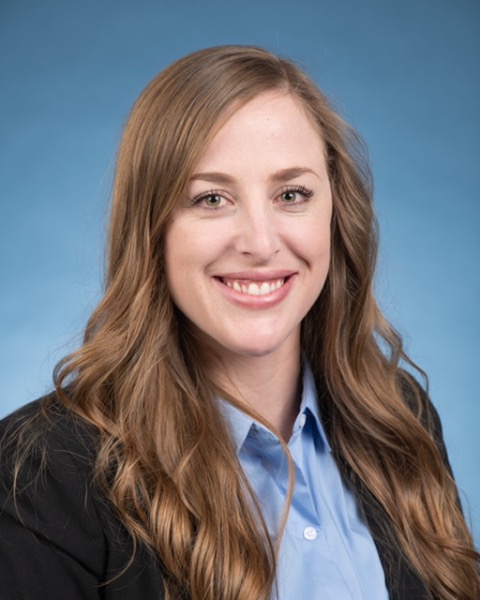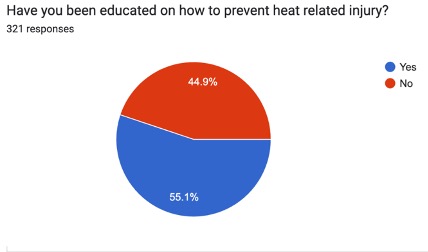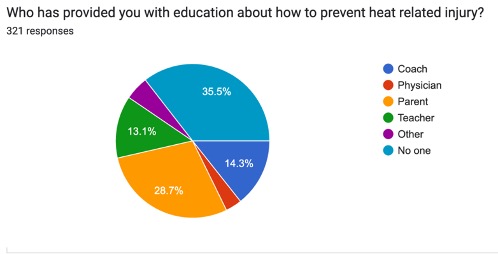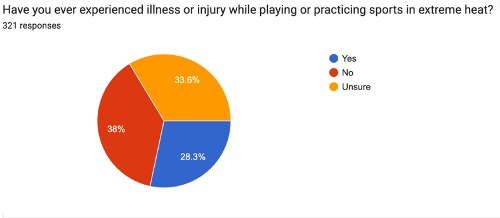Environmental Health 1
Session: Environmental Health 1
443 - Preventing Extreme Heat Illness in High School Students- A San Diego Example
Sunday, April 27, 2025
8:30am - 10:45am HST
Publication Number: 443.6195
Melissa Campbell, University of California, San Diego School of Medicine, San Diego, CA, United States; Maxwell J. Lazo, N/A, Chula Vista, CA, United States; Aviva I. DeVore, n/a, Chula Vista, CA, United States; Brendan B. Toledo, San Diego Pediatricians for Clean Air, Chula Vista, CA, United States; Jia Ying Ashley Teo, University of California, San Diego School of Medicine, Chula Vista, CA, United States; Prabha Singh, N/A, San Diego, CA, United States; Vi T. Nguyen, Southern California Permanente Medical Group, San Diego, CA, United States

Melissa Campbell, DO, MPH (she/her/hers)
Resident Physician
University of California, San Diego School of Medicine
San Diego, California, United States
Presenting Author(s)
Background: Summer 2024 had some of the Earth’s hottest temperatures recorded. More heat events will lead to greater risk for heat-related morbidity and mortality. 9,000 U.S. high school athletes are treated for exertional heat illnesses every year. Our study examines the level of knowledge of heat related illness and prevention amongst San Diego high school students and how they receive that information. The purpose of the study was to evaluate the need to create more ways to provide San Diego high school students with education about heat related illness and prevention.
Objective: •To investigate the awareness and knowledge that high school students have on heat related illness and prevention.
•Identify how high school students receive information about heat related illness and prevention.
•Create new ways to share education about heat related illness and prevention with healthcare providers and high school students.
Design/Methods: A knowledge survey on extreme heat and heat related illness was sent to a convenience sample of high school students in San Diego County. Data was collected from July to August 2003, which included the hottest recorded days in San Diego. There were 321 respondents to the survey. Respondents included high school students who play high school sports, non-high school related sports, or did not participate in sports at all.
Results: 75% of the respondents had concerns of playing or practicing in extreme heat. 52.7% of respondents showed little or no motivation for physical activity in hot conditions. Only 55.1% of students reported being educated on how to prevent heat-related injuries. 50% of respondents are unaware of ways to prevent heat-related injury beyond hydrating. 21.2% of respondents never took preventative measures prior to playing or practicing in extreme heat conditions. 33% of respondents have experienced a heat-related injury while playing sports and another 33% of respondents were unsure.
Conclusion(s): Despite most students reporting concerns about practicing in extreme heat they continued to do so even if there was an extreme heat advisory issued. Only half of students knew of ways to prevent heat-related illness, and only about one fifth took preventative measures. Most students who were educated about heat-related injury prevention received that information from persons other than their physician. With this information, presentations to community organizations and heat related illness prevention flyers were created in conjunction with the Virginia Clinicians for Climate Action and AAP-CA3 to share education to healthcare providers, parents and high school students.
Have High School Students in San Diego Been Educated on Heat Related Illness Prevention?
 Only about half of San Diego high school students have been educated on heat related illness prevention.
Only about half of San Diego high school students have been educated on heat related illness prevention.Who has Provided the Education to San Diego High School Students About Heat Related Illness?
 The majority of San Diego high students who have been educated about heat related illness received that information from persons other than their physician.
The majority of San Diego high students who have been educated about heat related illness received that information from persons other than their physician.San Diego High School Students Experiencing Heat Related Illness
 About one third of San Diego high school students have experienced a heat-related illness while playing sports and another third of students were unsure.
About one third of San Diego high school students have experienced a heat-related illness while playing sports and another third of students were unsure.
